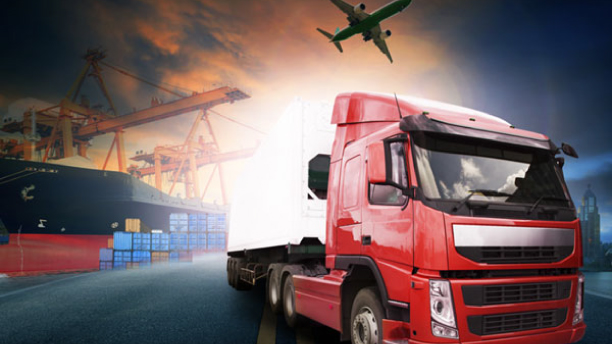
Every day, a large number of goods worth trillions of dollars are transported in and out of the country’s border. Anything from oils, aircraft, cell phones to pharmaceuticals are moved to and from with thorough protection. However, cargo damage incidents occur more frequently than you might expect and several factors including incorrect packaging, poor pallet quality, and an unfortunate product leakage can contribute to this cause.
So, what can you possibly do to prevent your cargo from costly damages? Let’s have a look at some of the strategies that can be adopted to avoid cargo damage.
Correct Packaging
The first and foremost important step of cargo shipping is to package the shipping items correctly. It’s generally a very small cost in your supply chain that causes a bigger impact. Frugal packaging can lead to unfavorable situations and can harm your shipping.
It’s necessary to choose the right material and the correct size for packaging different items. It should be large and sturdy enough to withhold the goods inside and should also provide impact protection. Moreover, uniform and consistent packaging allow you to load and stack items easily on pallets.
Furthermore, you should avoid packaging with tears, dents, or holes in it. Always look for the weight printed on the box maker’s certificate and do not exceed the maximum weight per package. Also, ensure a correct pallet size by matching the dimensions of the package so that loading or stacking doesn’t damage the boxes.

Impact Protection and Good Quality Adhesives
You should prepare your cargo for shipping by sealing your packages properly. You can use pressure-sensitive wide tape to ensure that your items remain fully sealed and damage-free. Additionally, the packaging alone sometimes is not enough to protect your items therefore, impact protection is necessary to ensure the safe delivery of fragile goods or liquids.
Material such as paper, cardboard, bubble wraps, etc. can be used for impact protection. Moreover, premium-grade shrink wraps are another way of transporting items safely. Shrink wraps provide weatherproof and corrosion inhibitive containment and protect your cargo from any disturbances or human interferences.
Proper cargo loading on the trailer
Cargo loading should be well planned and documented to avoid any damage. Stacking should be stable and uniform to distribute the weight of goods on the pallets evenly. To avoid downward-pull breakage, a sheet of cardboard or any form of reinforcement should be kept after every three- layers so that the contents do not get crushed by the gravity of the stacked boxes.
Moreover, light cargo should be stacked on top of the heavier cargo. Similarly, dry items should be loaded on top of liquid ones so that if the leakage occurs it will only happen on the trailer deck and not onto the dry goods. Pallets and packages should be kept close together to avoid the breakage of packed goods.

Labels for Easy Identification
You should label your packages clearly to ensure the safe loading of goods in the trailer. Use as few labels as possible to avoid slip-ups. Put bright labels on the side flaps towards the top so that it’s easier to read them during stacking. Avoid placing any labels on adhesives. It’s important to be precise and consistent when labeling to ensure proper stacking of goods.

Proper cargo shipping plan to reduce damage
The key to reducing cargo damage is to devise a proper shipping plan and put it into action to determine the progress. A detailed plan allows you to analyze your packaging practices and consolidation methods. Moreover, it provides you with an insight into how things should be done for maximum productivity.
Continuous damages can be a major hit to the transportation departments but they can be reduced efficiently with appropriate shipping processes.

 07424380227
07424380227